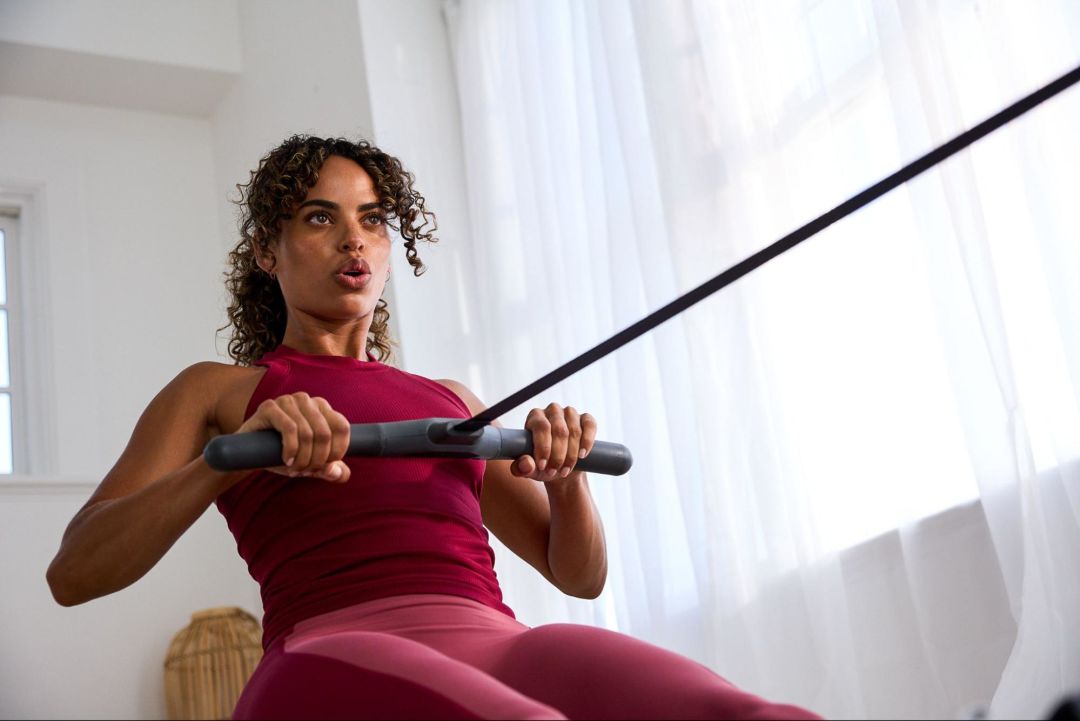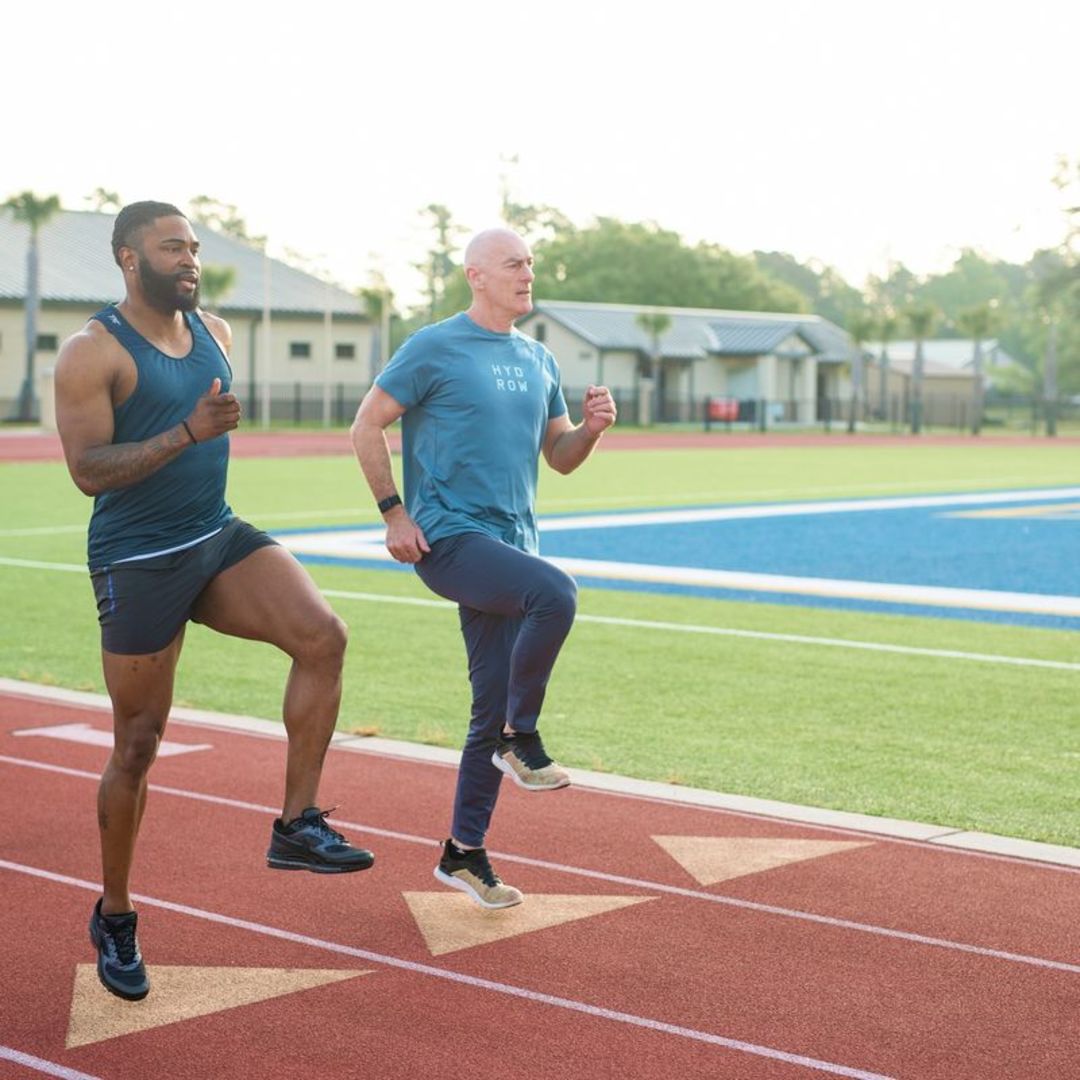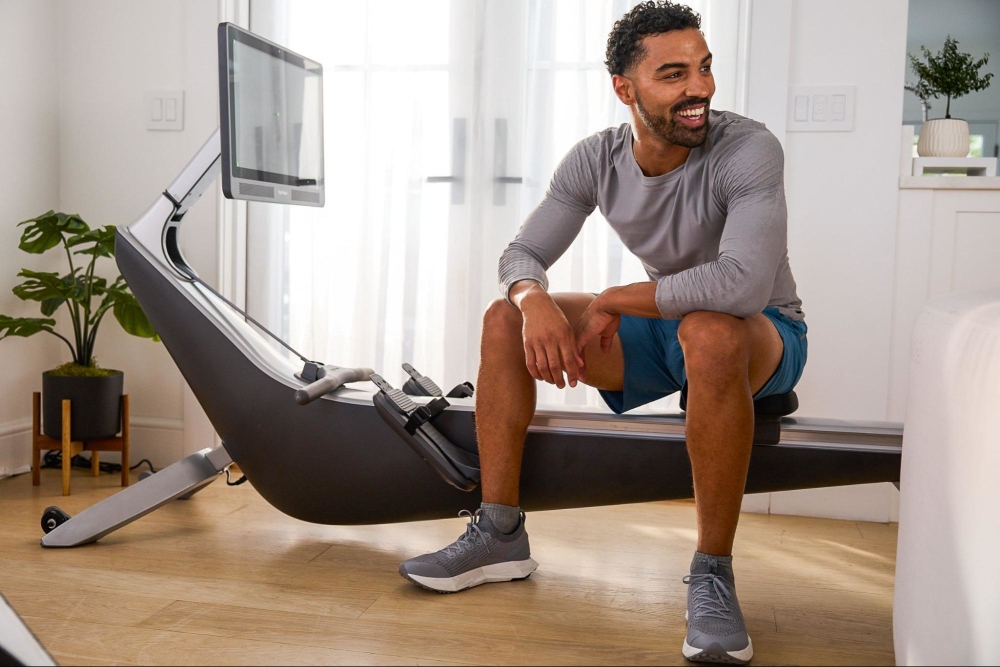11 Active Recovery Exercises to Add to Your Fitness Routine

Active recovery is a game-changer in the fitness world, offering a balanced approach to improving performance while preventing burnout and injuries. Unlike traditional rest days where you might take it easy or avoid engaging in physical activities, active recovery involves low-intensity physical activity designed to promote blood flow, enhance muscle recovery, and keep your body moving without the stress of high-intensity workouts.
When you incorporate active recovery exercises into your fitness routine, you allow your body the necessary time to heal and optimize your fitness progress by keeping your muscles engaged in a gentler way.
If active recovery has piqued your interest, check out the following sections that will help you get started at integrating this practice into your fitness regimen:
How active recovery exercises work
Active recovery exercises work by engaging your body in motion at a lower intensity, helping to maintain blood flow to your muscles while aiding in removing metabolic waste products like lactic acid buildup.
These exercises are typically low-impact and focus on gently working your muscles without piling on stress to your body. The ultimate goal is to keep your heart rate elevated, but at a moderate level, to promote circulation and support muscle recovery.
Unlike passive recovery days, which involve complete rest, active recovery days promote blood flow to your muscles, preventing delayed onset muscle soreness (DOMS) and improving your range of motion.
Engaging in active recovery workouts can also enhance your overall fitness by improving your body’s ability to recover from high-intensity sessions.
The benefits of active recovery
Active recovery offers numerous benefits that stretch far beyond easing muscle soreness. One advantage of incorporating an active recovery day is enhanced muscle recovery. Active recovery helps to increase blood flow to your muscles, speeding up the repair process and reducing muscle stiffness.
At the same time, active recovery exercises like yoga, dynamic stretching, and mobility drills can enhance your range of motion, making your muscles and joints more flexible and resilient. Engaging in these physical activities will reduce your risk of injury by giving your body time to recover while simultaneously keeping them activated. As a result, you’ll lower the risk of overuse injuries and maintain healthy muscle tissues.
Beyond the physical benefits, there are a few mental boons as well. Engaging in low-intensity activities allows you to focus on your breathing and mental state, promoting relaxation and reducing stress. Active recovery days can also keep you dialed into your fitness routine by providing a break from intense workouts while still contributing to your overall progress and ultimately increasing your motivation.
11 active recovery exercises to add to your fitness routine
So, you’re interested in trying some active recovery workouts. Hooray! While there are many different exercises you can choose from to trial run an active recovery day, we recommend starting with the following:
Rowing
Walking and light jogging
Cycling
Yoga
Swimming and water aerobics
Foam rolling
Resistance band exercises
Pilates
Dynamic stretching
Mobility drills
Low-intensity bodyweight circuit
Learn more about the benefits of each type of exercise below:
1. Rowing
As a low-impact exercise, rowing places minimal impact on the joints, making it an excellent choice for maintaining activity without risking strain or injury. Additionally, the rhythmic and continuous motion of rowing enhances blood circulation, which helps deliver oxygen and nutrients to fatigued muscles, accelerating recovery and reducing muscle soreness.
Because rowing engages both the upper- and lower-body muscles in a balanced manner, it allows for effective active recovery without overloading any specific muscle group. Aim for anywhere from 10 to 30 minutes of light rowing to receive these benefits.

Efficient and Effective
Work 86% of your muscles in just 20 minutes with a Hydrow rowing machine.
2. Walking and light jogging
Walking and light jogging are simple yet effective ways to keep your body active on recovery days. They help maintain a steady heart rate by increasing blood flow without putting too much strain on your muscles. Aim for 30 minutes at a comfortable pace.
3. Cycling
Whether you use a stationary bike or head outdoors, cycling is a great, low-impact exercise that gets your blood flowing. It’s gentle on the joints and can be easily adjusted to match your desired intensity. Keep the pace light to moderate to ensure it remains an active recovery workout, not an intense strain. Aim for 30-45 minutes at this pace.
4. Yoga
Yoga is an excellent choice for active recovery, combining stretching, balance, and mindfulness. It helps improve flexibility, enhances range of motion, and promotes relaxation. Focus on restorative yoga poses that are gentle and supportive for your body.
5. Swimming and water aerobics
Swimming and water aerobics are ideal for active recovery due to the buoyancy of water, which reduces the impact on your sore joints. These exercises provide a full-body workout while keeping the intensity low, making them perfect for recovery days.
6. Foam rolling
Foam rolling, or myofascial release, is a form of self-massage that helps to release muscle tightness and improve circulation. Using a foam roller on sore or tight areas aids in the recovery process by releasing tension in the muscle tissues.
7. Resistance band exercises
Resistance bands are versatile tools for low-intensity strength training. They allow you to perform controlled movements that engage your muscles without the heavy lifting or investment in expensive weights at home. Focus on exercises that target different muscle groups, such as banded squats, rows, and shoulder presses.
8. Pilates
Pilates is a low-impact exercise emphasizing core strength, flexibility, and overall body control. It’s an excellent way to engage your muscles gently yet effectively, making it a great option for active recovery.

Explore Hydrow's library of 5,000+ rowing, circuit training, yoga, Pilates, and mobility workouts.
9. Dynamic stretching
Unlike static stretching, dynamic stretching involves moving your muscles and joints through a full range of motion. This type of stretching is perfect for warming up your muscles and improving flexibility without straining them.
10. Mobility drills
Mobility drills focus on improving the movement and flexibility of your joints. These exercises help enhance your overall range of motion, making them an essential part of an active recovery routine. Incorporate drills like hip openers, shoulder rotations, and ankle mobility exercises.
11. Low-intensity bodyweight circuit
A low-intensity bodyweight circuit involves performing exercises like squats, lunges, push-ups, and planks at a slower pace and with fewer repetitions. This type of circuit keeps your muscles engaged without the stress of a high-intensity workout.
Tips for making the most of your active recovery exercises
You may want to jump right in and get started, but before you do, we have a few tips that will help you successfully navigate incorporating active recovery into your fitness journey:
Listen to your body
Plan your active recovery
Practice restorative breathing and mindfulness
Stay hydrated and fuel your body
Experiment with different exercises
1. Listen to your body
Pay attention to how your body feels during active recovery exercises. If something feels too intense, scale back or switch to a different exercise. Remember, the goal is to support recovery, not push yourself to your limit.
2. Plan your active recovery
Schedule active recovery days into your fitness routine, especially after high-intensity sessions. This approach helps to balance your training and recovery, allowing your body to heal while staying active.
3. Practice restorative breathing and mindfulness
Incorporating mindfulness and deep-breathing exercises can enhance the benefits of active recovery. Focus on your breath during yoga, Pilates, or walking to promote relaxation and reduce stress.

What’s your fitness style?
Take our quiz and receive a customized 14-day training program.
4. Stay hydrated and fuel your body
Proper hydration and nutrition play a crucial role in your recovery. Drink plenty of water and consume nutrient-rich foods that support muscle repair and recovery. Don’t forget about sleep, either!
5. Experiment with different exercises
Foam rolling, or myofascial release, is a form of self-massage that helps to release muscle tightness and improve circulation. Using a foam roller on sore or tight areas aids in the recovery process by releasing tension in the muscle tissues.
Activate that recovery!
Active recovery is essential to a holistic fitness regimen, providing the perfect balance between rest and movement. By incorporating active recovery exercises into your routine, you’re giving your body the care it needs to recover from intense workouts while continuing to make progress. From yoga and swimming to cycling and foam rolling, there are plenty of options to keep your body engaged and your muscles healthy.
If you’d like to amp up your high-intensity workouts to pair with your active recovery, look no further than a rowing machine like Hydrow. Indoor rowers offer an immersive and efficient total-body workout, targeting 86% of your muscles in each rowing stroke. And, because rowing is a cardiovascular and strength workout, you only need 20 minutes to torch calories and build strength.
Hydrow rowing machines also come with an extensive library of workout content led by our team of world-class athletes. Our rowing, yoga, Pilates, and circuit training workouts will transport you to stunning global destinations and keep you motivated to return while offering active recovery activities.
Learn more about the benefits of rowing and a Hydrow rowing machine today!

Explore Hydrow
Learn more about how you can transform your fitness routine with a rowing machine.





